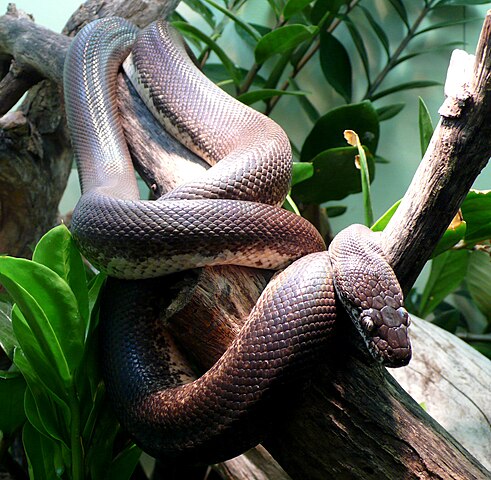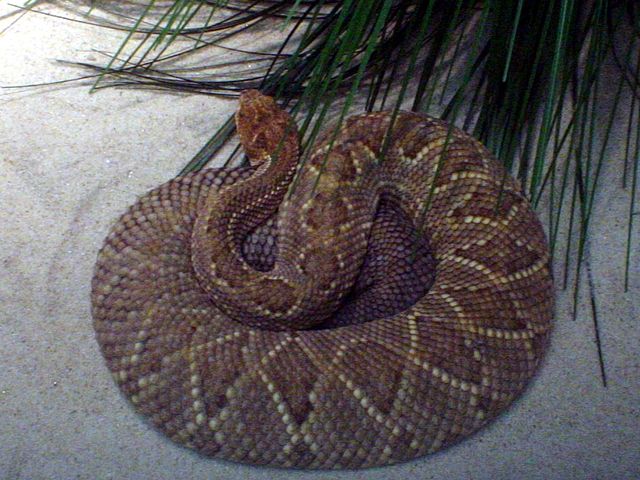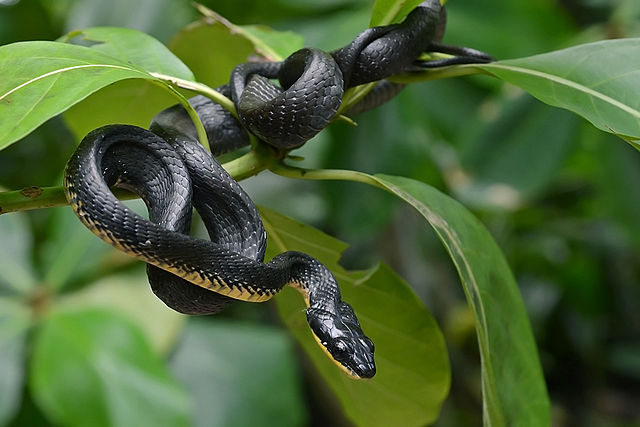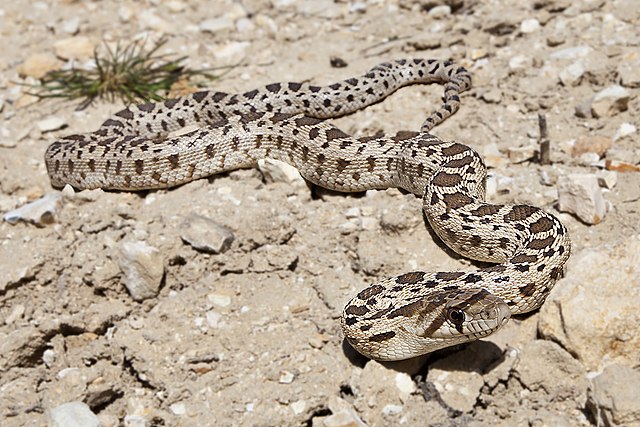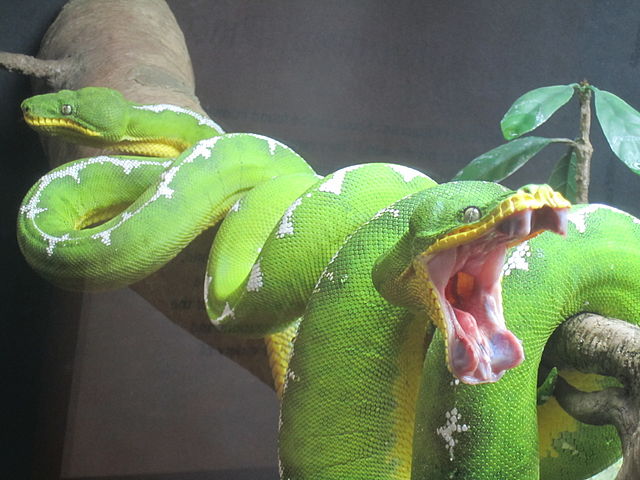We just learned about the Gaboon Viper.
Another type of snake is the Indochinese Spitting Cobra.
Just like all other cobras, this snake will raise it's head up, and also has a hood that flares out.
It can be black, white, brown or multiple colors like white with black spots.
It is a spitting cobra, meaning it can actually spray its venom out of it's fangs at enemies over six feet away!
The venom will not hurt if it is on human skin, but if it gets in someone's eyes they may be permanently blinded.
These snakes can bite too, not just spray their venom, and their bite can be deadly if the person does not get to the hospital soon enough.
They are a very dangerous snake, but they only live in a small part of the world, near Thailand.
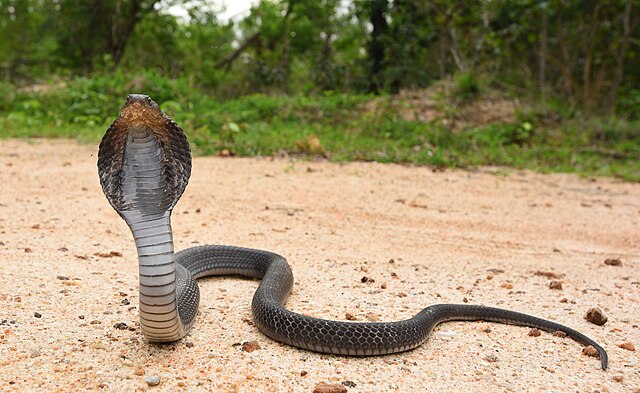
(from: wikipedia - indochinese spitting cobra)
Kid Facts - Blast from the past: Dalmatian

